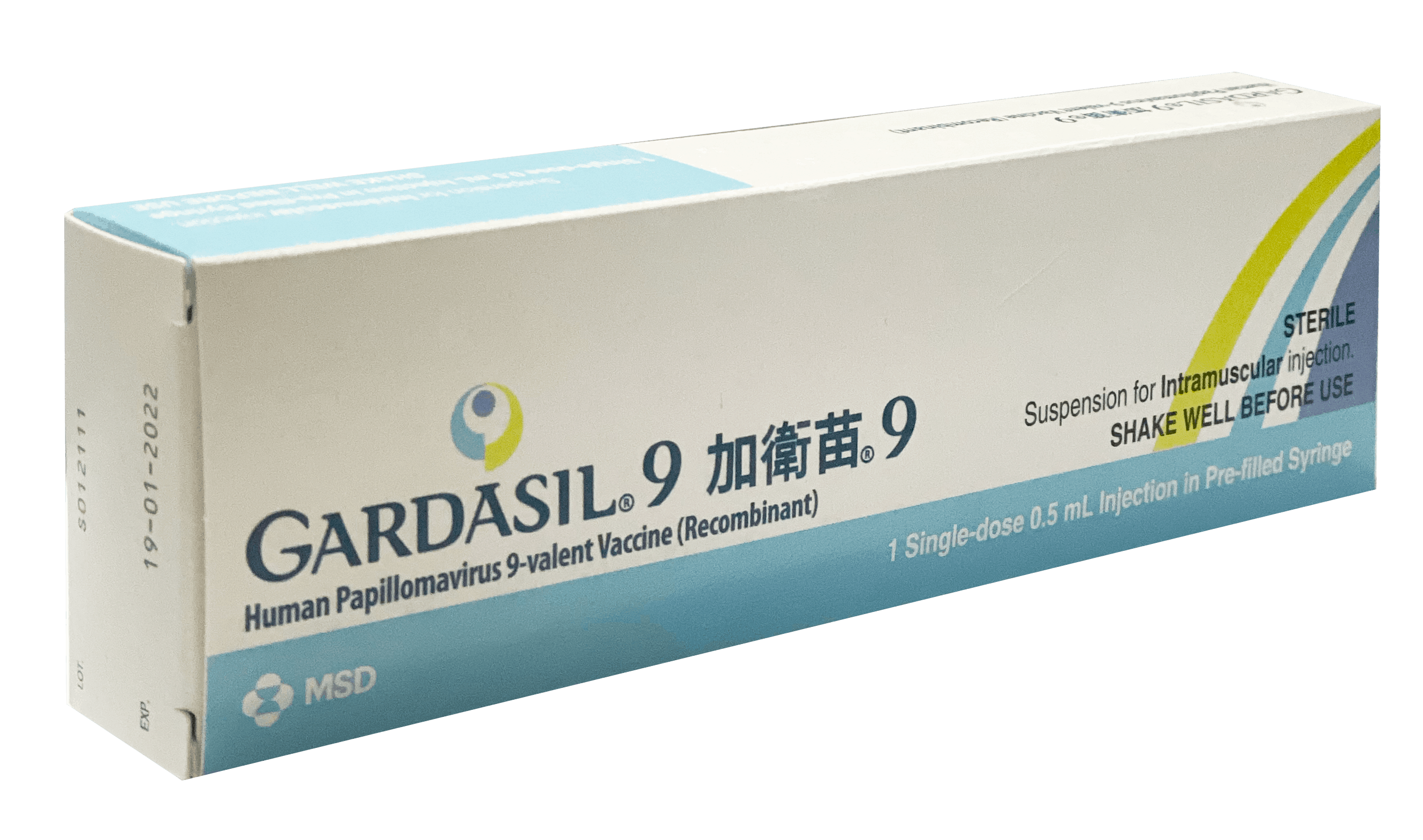- Home
- /
- HIFU
High Intensity Focused Ultrasound (HIFU)
The Application of HIFU on Treatment of Prostate Diseases
Abstract
This essay delves into the application of High Intensity Focused Ultrasound (HIFU) in the treatment of prostate diseases. It begins by explaining the principle of HIFU, followed by an exploration of the types of prostate issues for which it is used. The success rate, complications, and complication rates associated with HIFU treatment are then analyzed. A comparative study between HIFU and traditional treatment methods, including surgery, is also presented, providing a comprehensive understanding of HIFU’s place in prostate disease management.
1. Introduction
Prostate diseases, such as benign prostatic hyperplasia (BPH) and prostate cancer, are common health problems affecting a significant portion of the male population, particularly as men age. Traditional treatment options, including surgical procedures, have their own set of advantages and disadvantages, often involving risks, longer recovery times, and potential side – effects. High Intensity Focused Ultrasound (HIFU) has emerged as an alternative, non -invasive treatment modality with the potential to offer effective treatment with reduced morbidity.
2. Principle of High Intensity Focused Ultrasound (HIFU)
HIFU is based on the principle of using high – intensity ultrasound waves to generate heat in a targeted area within the body. Ultrasound waves are a form of mechanical energy that can be precisely focused on a specific tissue site. When high – intensity ultrasound waves are focused on the prostate gland, the energy is absorbed by the tissue, leading to a rapid increase in temperature at the focal point.
The heat generated by HIFU causes coagulative necrosis, which is the death of tissue due to denaturation of proteins within the cells. This process occurs within a very short time frame, typically a few seconds. The surrounding tissues are relatively unaffected because the energy is concentrated at the focal point, and the heat dissipates quickly into the adjacent tissues. The precision of HIFU allows for the selective destruction of diseased prostate tissue while minimizing damage to nearby healthy structures such as the urethra, rectum, and neurovascular bundles.
The ultrasound waves are emitted from an external transducer, which can be adjusted to target different areas within the prostate gland. Advanced imaging techniques, such as transrectal ultrasound (TRUS), are used in conjunction with HIFU to accurately visualize the prostate and guide the treatment, ensuring that the high – intensity ultrasound waves are directed precisely at the diseased tissue.
3. Application of HIFU in Prostate Diseases
3.1 Benign Prostatic Hyperplasia (BPH)
BPH is a non – cancerous enlargement of the prostate gland that commonly affects older men. Symptoms of BPH include urinary frequency, urgency, weak urine stream, and difficulty in emptying the bladder.

HIFU has been used as a treatment for BPH to reduce the size of the prostate gland and relieve these urinary symptoms.
In BPH treatment, HIFU targets the hyperplastic tissue within the prostate. By causing coagulative necrosis of the enlarged prostate cells, the volume of the gland is gradually reduced over time. This reduction in prostate size helps to relieve the obstruction of the urethra, improving urinary flow and reducing the associated symptoms.
HIFU can be an attractive option for patients with BPH who are not suitable for or prefer to avoid traditional surgical procedures such as transurethral resection of the prostate (TURP) or open prostatectomy.
3.2 Prostate Cancer
Prostate cancer is one of the most common cancers in men. HIFU is used as a focal or whole – gland treatment for prostate cancer, depending on the stage and extent of the disease. For early – stage prostate cancer, focal HIFU can be employed to target only the cancerous nodules within the prostate gland. This approach aims to preserve the function of the surrounding healthy prostate tissue, reducing the risk of side – effects such as urinary incontinence and erectile dysfunction. In cases of more widespread prostate cancer, whole – gland HIFU may be used to destroy the entire prostate gland. However, this is typically considered in carefully selected patients, as it still carries a risk of affecting urinary and sexual functions, although potentially to a lesser extent compared to radical prostatectomy.
4. Success Rate of HIFU Treatment for Prostate Diseases
4.1 BPH
The success rate of HIFU in treating BPH is measured by the improvement in urinary symptoms and the reduction in prostate size. Clinical studies have shown that a significant proportion of patients experience a notable improvement in their International Prostate Symptom Score (IPSS) after HIFU treatment. On average, studies report that around 70 – 80% of patients show an improvement in their urinary symptoms within the first few months after treatment.
Regarding prostate size reduction, the degree of shrinkage can vary. In some cases, the prostate volume may decrease by 20 – 30% or more over a period of several months to a year following HIFU treatment. However, the long – term durability of these results is still being studied, as some patients may experience a recurrence of symptoms over time.
4.2 Prostate Cancer
The success rate for HIFU in treating prostate cancer is evaluated based on cancer control and survival rates. For early – stage prostate cancer treated with focal HIFU, studies have reported biochemical recurrence – free survival rates of around 60 – 80% at 3 – 5 years. These rates are comparable to some of the outcomes achieved with active surveillance and other minimally invasive treatments for early – stage disease.
In the case of whole – gland HIFU for more advanced prostate cancer, 5 – year overall survival rates can range from 70 – 85%, depending on various factors such as the initial stage of the cancer, the patient’s overall health, and the presence of any metastatic disease at the time of treatment. However, it should be noted that these success rates can vary significantly between different studies and patient populations.
5. Complications and Complication Rate of HIFU Treatment
5.1 Urinary Complications
One of the most common complications associated with HIFU treatment for prostate diseases is urinary problems. These can include urinary retention, where the patient has difficulty emptying the bladder completely. The incidence of urinary retention after HIFU treatment for BPH and prostate cancer ranges from 5 – 15%. This complication may require temporary catheterization or other interventions to relieve the obstruction.
Other urinary complications may include urinary incontinence, which can be either stress incontinence (leakage of urine during physical exertion) or urge incontinence (involuntary leakage of urine due to a sudden urge to urinate). The rate of urinary incontinence after HIFU treatment is relatively low, typically less than 10% for mild to moderate cases, but can be higher in some patients, especially those with pre – existing urinary problems or when a more extensive treatment of the prostate is performed.
5.2 Sexual Complications
Erectile dysfunction is another potential complication of HIFU treatment, particularly when the treatment affects the neurovascular bundles that are important for erectile function. The reported incidence of erectile dysfunction after HIFU treatment for prostate cancer can range
from 15 – 30%, depending on the extent of the treatment and the patient’s baseline sexual function. In the case of BPH treatment, the risk of erectile dysfunction is generally lower, but still exists, especially if the treatment is close to the areas supplying blood to the penis.
5.3 Rectal Complications
Although rare, rectal complications can occur after HIFU treatment, especially when the prostate gland is in close proximity to the rectum. These complications can include rectal pain, proctitis (inflammation of the rectum), and in severe cases, rectal fistulas (abnormal
connections between the rectum and other structures). The incidence of significant rectal complications is less than 5%, but they can have a significant impact on the patient’s quality of life if they occur.
6. Comparison with Traditional Methods including Surgery
6.1 Transurethral Resection of the Prostate (TURP) for BPH
TURP is a traditional surgical procedure for treating BPH. Compared to HIFU, TURP is a more invasive procedure. TURP involves the removal of the inner part of the prostate gland using a resectoscope inserted through the urethra. The advantage of TURP is that it can provide more immediate and significant relief of urinary symptoms, as it directly removes the obstructing tissue. However, it also has a higher risk of complications, such as bleeding, urinary tract infections, and urinary incontinence. The risk of urinary incontinence after TURP can be as high as 10 – 20% in some cases, and the risk of retrograde ejaculation (a common side – effect where semen is ejaculated into the bladder instead of out of the penis) is almost 100%.
In contrast, HIFU is non – invasive, reducing the risk of major bleeding and systemic complications. The recovery time after HIFU is also generally shorter compared to TURP. Patients who undergo HIFU can usually resume normal activities within a few days, while TURP patients may require a longer hospital stay and a more extended recovery period.
6.2 Radical Prostatectomy for Prostate Cancer
Radical prostatectomy is the gold – standard surgical treatment for prostate cancer. It involves the complete removal of the prostate gland, seminal vesicles, and sometimes nearby lymph nodes. While radical prostatectomy offers excellent cancer control rates, with 5 – year biochemical recurrence – free survival rates of around 80 – 90% in properly selected patients, it also has a higher risk of significant complications.
The risk of urinary incontinence after radical prostatectomy can be as high as 10 – 15% in the long – term, and erectile dysfunction is a common side – effect, with reported rates of 40 – 60% or more, depending on the surgical technique and the patient’s pre – operative condition. HIFU, on the other hand, has a lower risk of these severe complications, especially when used as a focal treatment for early – stage prostate cancer. However, the long – term cancer control rates of HIFU may not be as high as those of radical prostatectomy in all cases, and close follow – up and potential repeat treatments may be required.
7. Conclusion
High Intensity Focused Ultrasound (HIFU) offers a non – invasive alternative for the treatment of prostate diseases, including BPH and prostate cancer. Its principle of using focused ultrasound waves to generate heat and cause tissue destruction allows for targeted treatment with reduced damage to surrounding healthy structures. The success rates of HIFU in improving symptoms and controlling cancer are promising, although long – term data is still being accumulated.
While HIFU has a relatively low complication rate compared to traditional surgical methods such as TURP and radical prostatectomy, it still has potential side – effects, particularly related to urinary and sexual functions. The choice between HIFU and traditional treatments
depends on various factors, including the patient’s age, overall health, the stage and nature of the prostate disease, and the patient’s preferences regarding treatment – related risks and potential side – effects. As research and technology continue to advance, HIFU is likely to play an increasingly important role in the management of prostate diseases, offering patients more treatment options with improved outcomes and quality of life.

Specialist Services
Multi-disciplinary specialists
- General surgical procedures
- Obstetrics and Gynaecology
- Urological Health
- Cardiovascular health
- Medical Oncological Health


